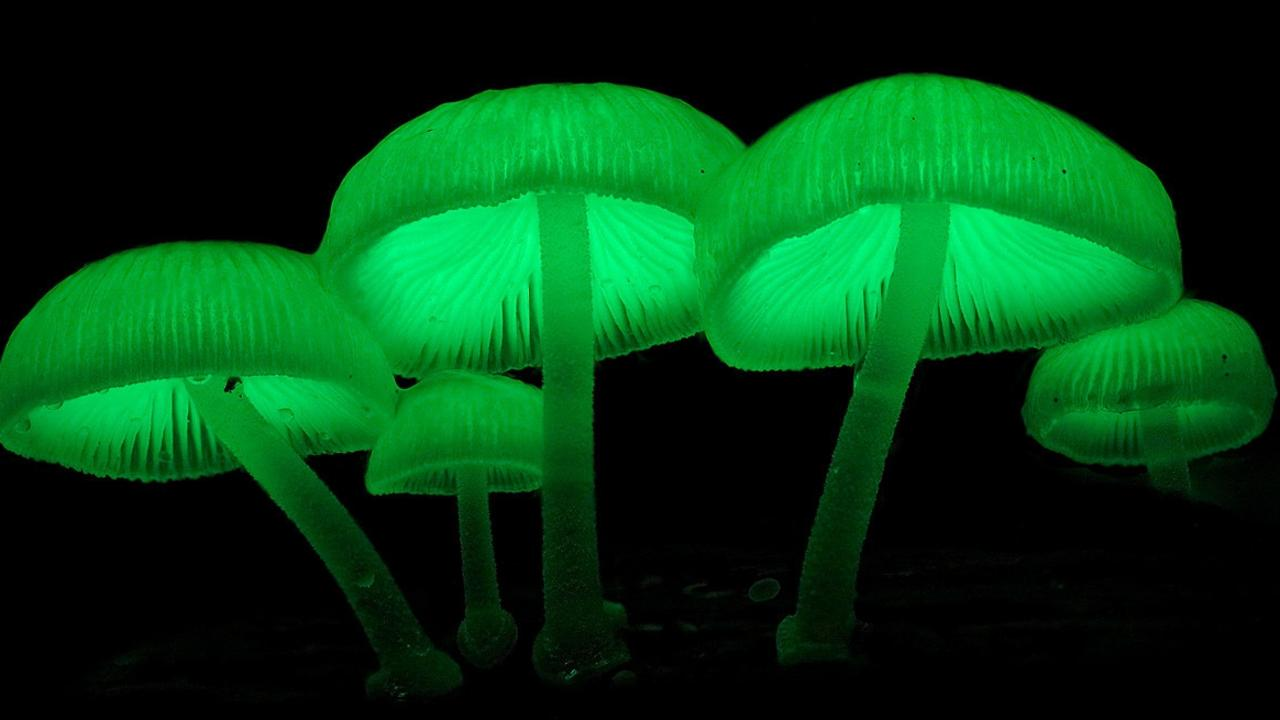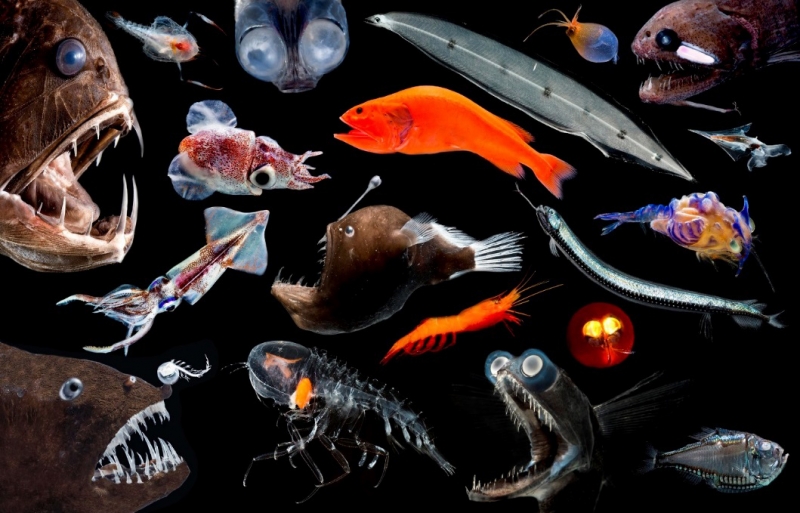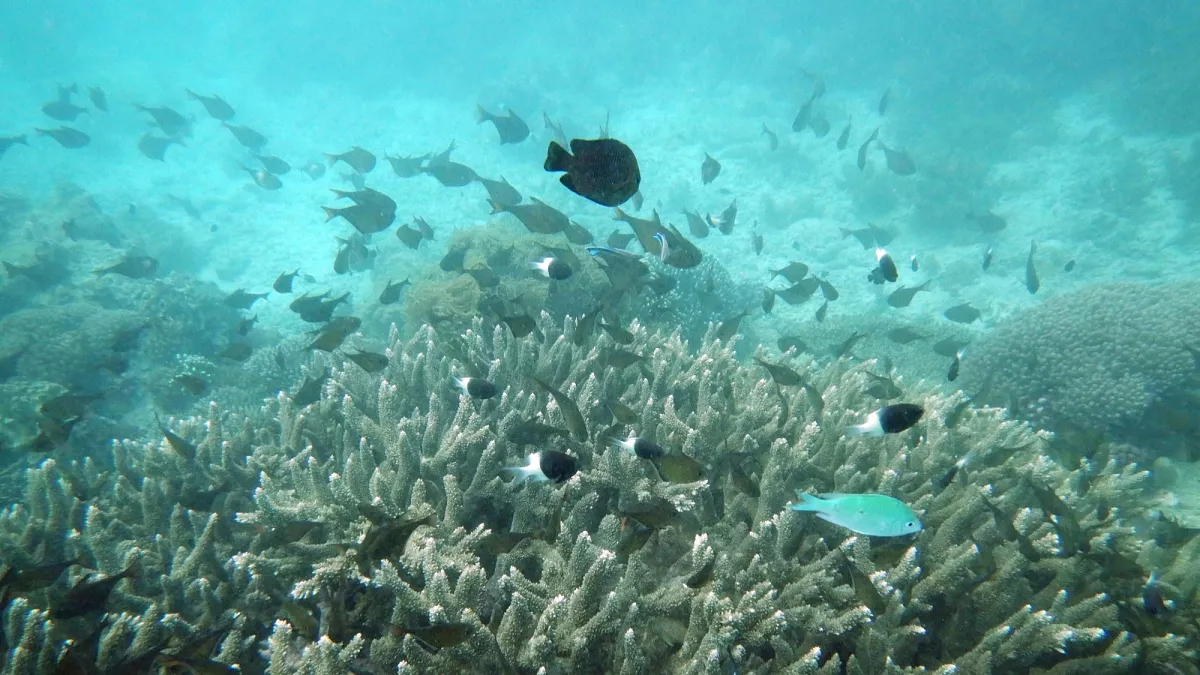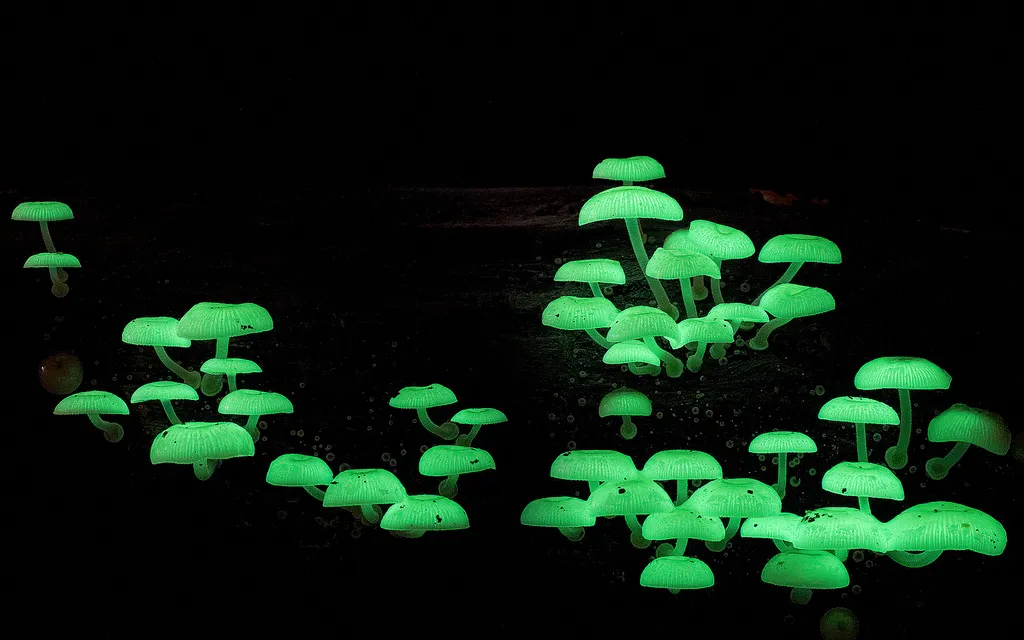A long-known fungus, Mycena crocata, native to European and Asian forests, has recently been declared bioluminescent—much to the surprise of scientists and naturalists. Discovered in Zurich, researchers and artists spotted a faint green glow emanating from decaying wood at night, visible only via long-exposure photography and luminometer readings. These first-hand observations mark a vivid experience layer linked to curiosity, fieldwork, and the discovery of hidden nature in familiar landscapes.
Mycologists and forest ecologists provide the expertise and authority that validate this finding. Genetic analysis confirmed that M. crocata contains luciferase-related genes typical of glowing mushrooms. Experiments showed that while its visible mushroom cap doesn’t glow—except faintly at the base of the stipe—the subterranean mycelium emits light, causing the wood it inhabits to glow for up to four hours. Cultured mycelium maintained brightness for as long as 164 days under optimal conditions.
This discovery’s trustworthiness is rooted in collaboration between artists and scientists—Zurich-based researchers and Swiss Federal Institute experts worked together, cross-checking field data and laboratory assays. Findings were published in Mycoscience with spectral measurements and genome sequencing, offering transparency and reproducibility. The revelation that a common mushroom visible in local forests harbors bioluminescence challenges assumptions about nature’s hidden wonders and highlights how much biodiversity remains undiscovered—even in well-explored regions




